Being Too Smart Can Create A Disaster
A RAZOR-SHARP ANALYTICAL MIND CAN GET YOU INTO AS MUCH TROUBLE AS IT CAN GET YOU OUT OF
BY COURTNEY CHAPMAN AND RICHARD GILSON ASSISTANT PROFESSORS, DEPARTMENT OF AVIATION, OHIO STATE UNIVERSITY
Do you think that you can solve unusual problems that arise in flight? Do you take pride in the belief that when an emergency occurs you will come up with a creative and workable solution on the spot?
Then consider what one pilot did when he, saw the oil pressure fluctuate, then drop to zero. He thought the best solution was to land in the nearest field with power and preserve the engine. The outcome: slight damage to the aircraft, no injury.
The actual problem, however, was a faulty oil pressure gauge. The oil temperature gauge had continuously indicated a normal reading, thus he could have safely reached an airport. How would an old pro have handled the same situation? He would have flown to the next airport and landed. Why? Because he had a great deal of experience to draw upon.
From this previous experience, his own or others, he would have known to check the oil temperature. He wouldn’t have had to creatively analyze all the possible solutions and interactions of oil pressure and temperature — he would have just jogged his memory and reacted.
The flight instructor, in essence, helps the student build correct responses through practice of certain kinds of emergencies, thus giving the student a basic set of solutions. But the instructor can’t cover every possible critical aspect of flight. What then? When the time comes, just hope for a solution?
Please don’t. Don’t rely on the creative aspect of judgment to solve critical situations in flight. Now this isn’t a condemnation of “headwork” in flight, by any means. You are expected to apply previous training and experience to plan and execute your flight.
But don’t count on creating solutions when unexpected crises happen in the air. If you see yourself in some grueling test that pits man against machine, emerging a hero because of some lightning-fast ingenious act, you’re probably in for a shock. Good, safe solutions to critical events don’t happen like that.
When things are happening fast and the unexpected occurs, reactions must be timely and accurate. These reactions can come only from conditioned responses to various situations. We can’t put our trust in solutions brilliantly conceived on the spur of the moment. Consider the accident investigators.
It sometimes takes them days of deliberation to determine the cause of an accident and, after the fact, the appropriate course of action that should have been taken. And they perform their analysis in the serenity of a conference room.
Obviously in the actual inflight situation, the pilot doesn’t have time to be creative. The time needed to think of possible alternatives and to decide between them may rob you of the seconds needed to put those thoughts into action.
The spur-of-the-moment solution may have an obvious flaw, or the critical nature of the emergency may be stressful enough to cause a mental block so that some courses of action may be neglected altogether.
The pilot should develop a repertoire of responses to a variety of possible situations. That’s what the old pro has. When some critical situation arises, he has either experienced it before, or he has thought it through at some prior time.
He doesn’t “create” a solution — he recognizes the “symptoms,” and from his background extracts the correct solution with the accompanying responses. The new pilot has to begin building his repertoire in the earliest stages of flight training.
For example, the student isn’t left to his own devices to handle power loss if he has actual engine failure. He is drilled in training. He is given all of the most likely causes of sudden engine failure. If the engine stops, the pilot doesn’t have to sort out all of the possible causes.
By the time he did that, he’d lose precious altitude, or conversely, he might spend so much time concentrating on finding a landing spot that he overlooks an obvious solution. Correct training procedures will simplify things for him. For an engine failure above 400 feet, he has one procedure; below 400, another.
Unfortunately, it isn’t possible for an instructor to cover all forms and varieties of critical moments and critical decisions that a pilot may encounter. So now what? Good old hangar flying and accident reports are excellent sources to expand one’s own experience.
You can do some Monday-morning quarterbacking with the experiences of other pilots. It’s a way to build your repertoire. Take the situation and think of the best way to handle it in view of your past training and experience.
What is critical for one person may not be critical for another. Most emergency situations can be reviewed intellectually. But remember that some may also require practice in the aircraft. If so, call an instructor and ask him to help you.
To avoid last-minute decisions in an inflight emergency, then, prepare for possible crises by constant study of other pilots’ experiences, deciding how you would handle a similar situation. Next, make planning the emergency alternatives for a flight just as much a part of preflight as checking fuel and weather. Analyze your proposed flight critically.
Anticipate the things that might push you near your personal limits—lowering ceilings, poor visibility, length of landing or takeoff runway, crosswinds at your destination airport. In the airplane, play “what if” with yourself.
What if a gauge is inoperative or oscillating, what if you lost partial power, what if the ceiling lowers? The game is endless. Then work out the solutions. It will build your experience faster than your logbook will show. Then if something goes wrong, you are ready to act. You have planned solutions.
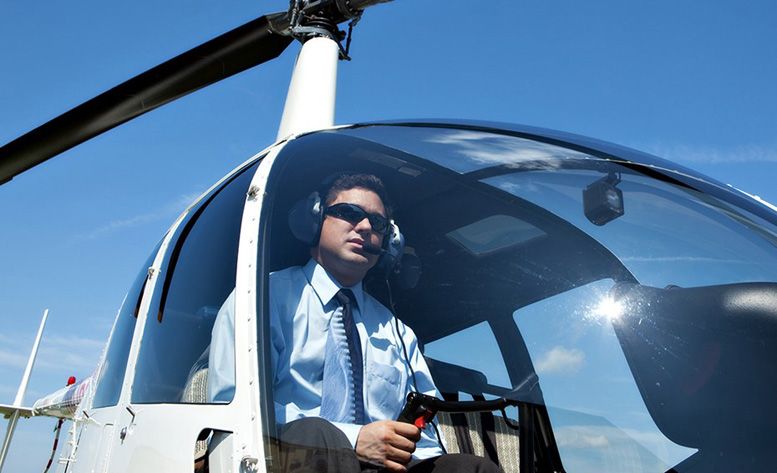

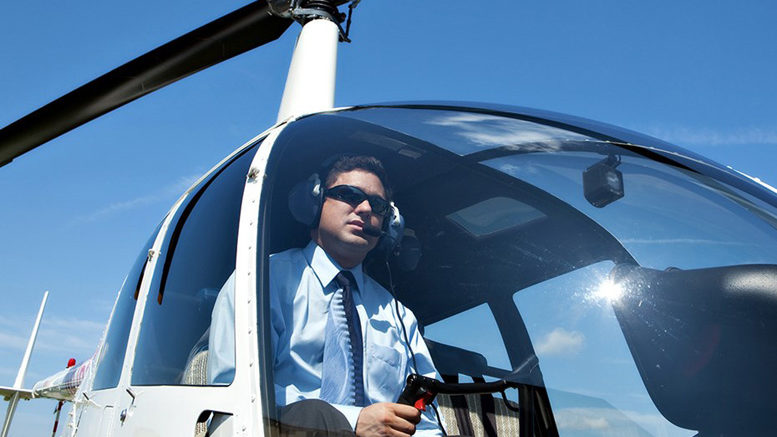
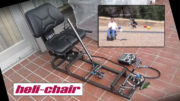
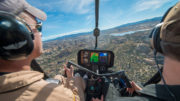
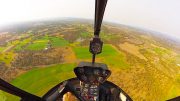
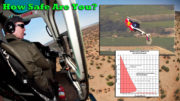
Be the first to comment on "The Fallacy Of The Creative Thinking Pilot"